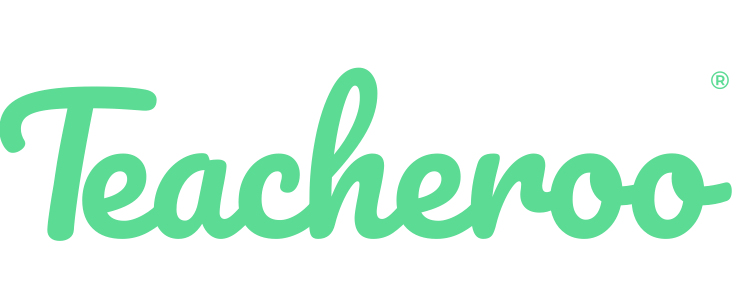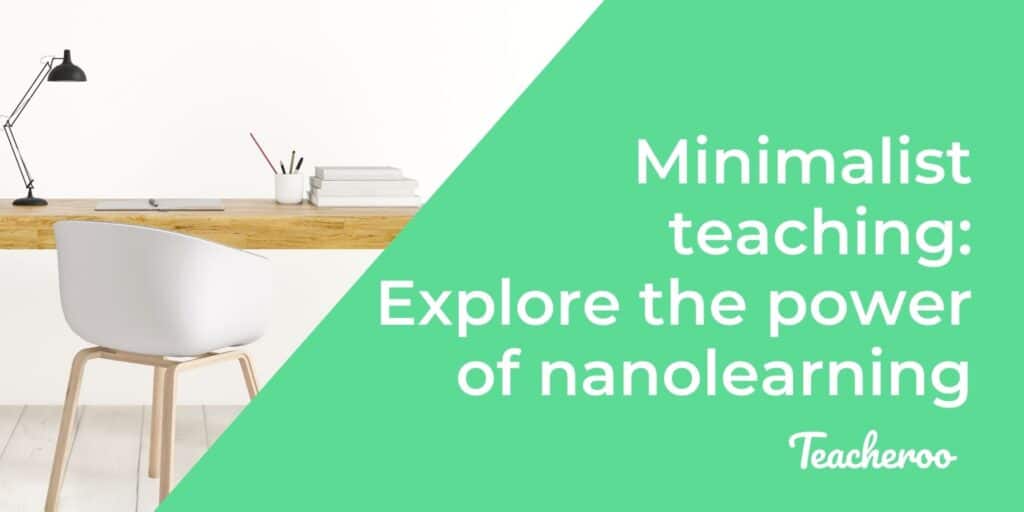Superfast processors and instant interconnectivity have allowed digital technology to go super small. Less is definitely more. Today a similar trend can be seen in education.
These systems are designed to facilitate faster learning. They also allow educators to be more agile and adaptable.
Let’s look at four minimalist methods of teaching.
Nanolearning
This is essentially a learning module that takes no more than five minutes. Its aim is to rapidly solve a specific problem or learn one set of facts.
How is it done? The teacher identifies a student’s needs, sets the lesson objective then uses a platform such as an app or podcast.
Using platforms that incorporate images, audio and video helps students achieve learning goals faster through visual stimulation.
Keeping the lesson within a strict timeframe also chimes with the Pareto principle that 20% of effort results in 80% of results.
Finally, there’s never “just one more thing” for students to take in. Lessons are short and sweet and, most importantly, memorable.
Simplification
One of literature’s greatest educators, Henry David Thoreau, famously said: “Simplify, Simplify!”. His call for minimalist living could not be more relevant. In a world where we are bombarded by information on phones and computers, it pays to block the digital noise.
Begin with the physical aspects of the classroom and by being an example to your students. Keep only what’s essential on your desk or work area.
Aside from the single platform you’re using for a lesson, silence all of your other electronic devices.
Clarity in the classroom leaves space for clarity of thinking.
Simplification can also be used when planning long-term lesson plans. Aim to cover fewer topics. This can ultimately lead to a deeper understanding and faster progress.
You can also leave behind those complex multiple presentations. Focus instead on direct engagement.
Finally, explore the power of nanolearning and microlearning.
Microlearning
This is very similar to the concept of nanolearning. However microlearning retains longer lesson plans but divides them into much smaller modules of up to 15 minutes max.
Studies have shown learning over time in such bite-sized pieces makes the transfer of knowledge more efficient.
Focusing on only one relevant learning objective at each sitting makes this portion easier to digest.
Students can also progress at their own pace. They advance only when each segment is fully understood.
Such small steps ultimately make for great leaps forward.
Bite-sized courses are by their very nature more focused. With only a single goal to consider learners don’t have to consider often irrelevant information. This makes long-term knowledge retention easier.
Focused feedback
There’s no need to continually stock up on your supply of red pens. We’re moving into an age when marking papers is less about the actual marking. It’s more about streamlined highlighting.
Focused feedback means highlighting positives and noting where direct action can be taken to improve.
This minimalist method marks not a series of failures but kicks off a direct conversation that pinpoints where steps forward can be made.
It also cuts out the sometimes onerous task of scribbling essay-length marking notes. Instead it frees up time for you to enjoy engaging directly with students.
Have you tried minimalism in your own teaching? Which methods were simply the best?




